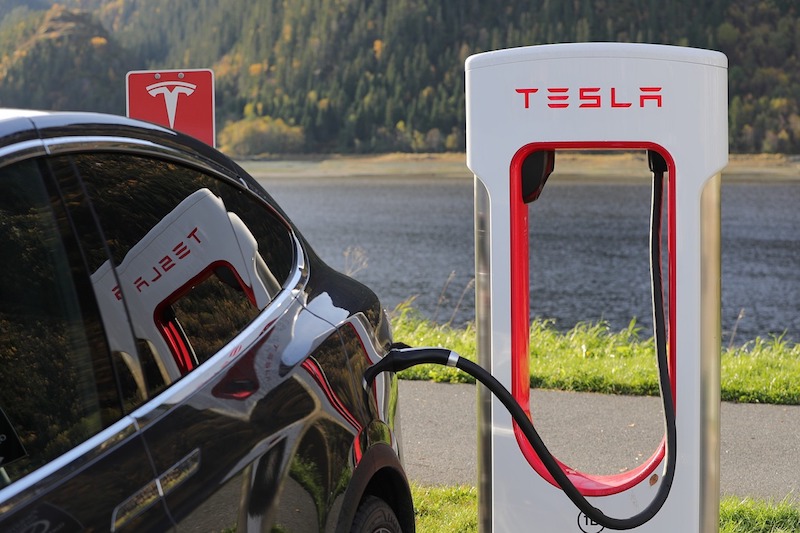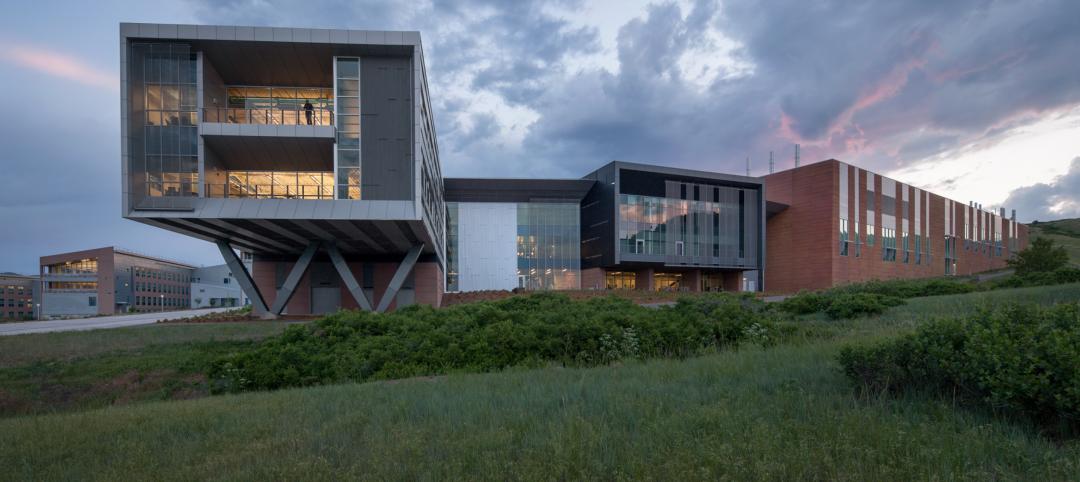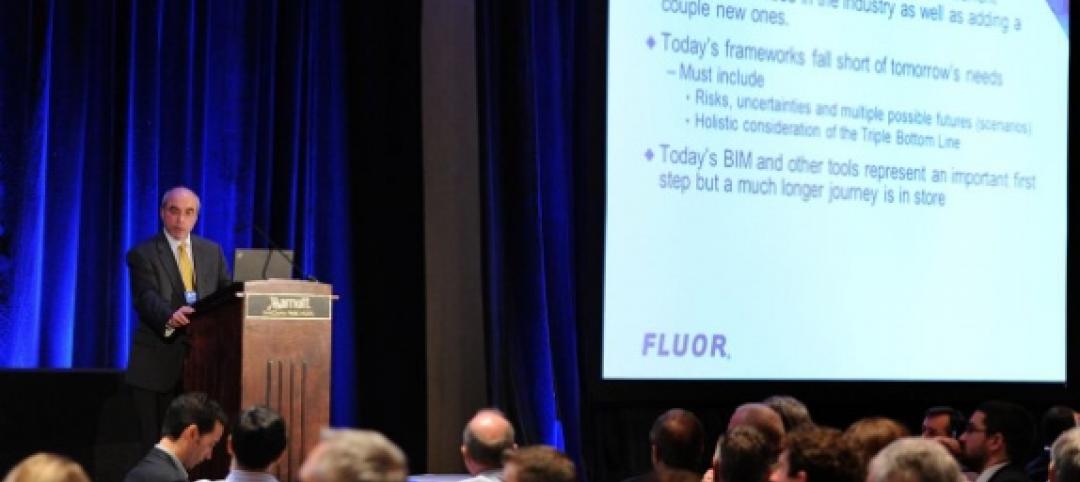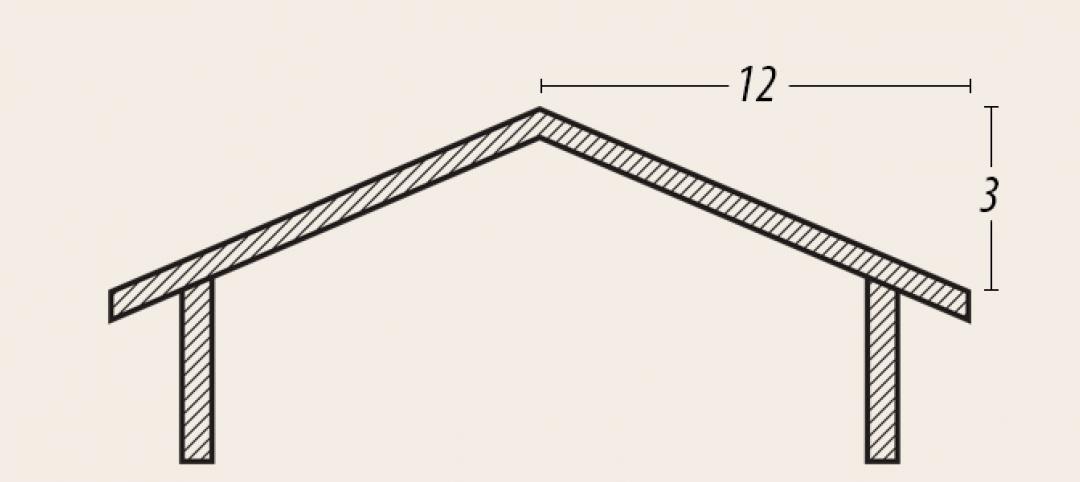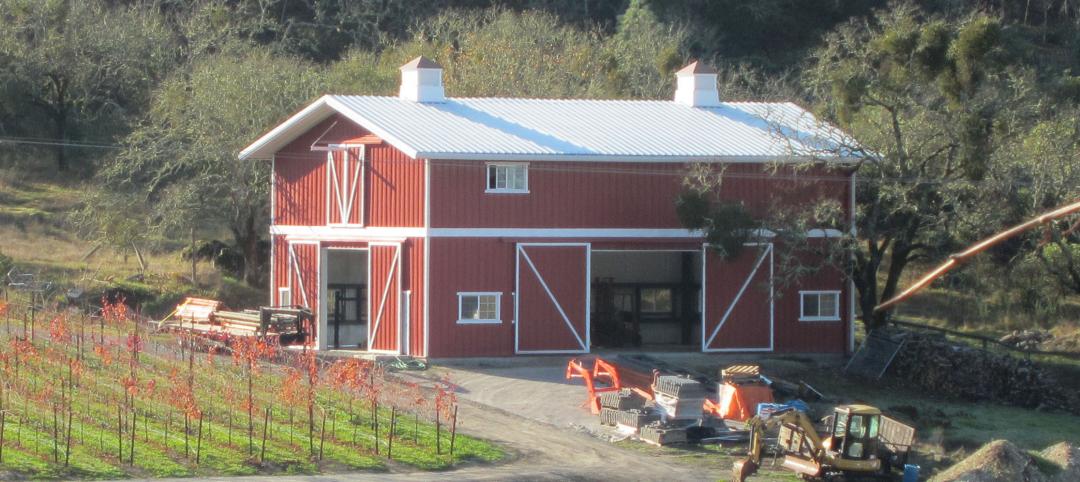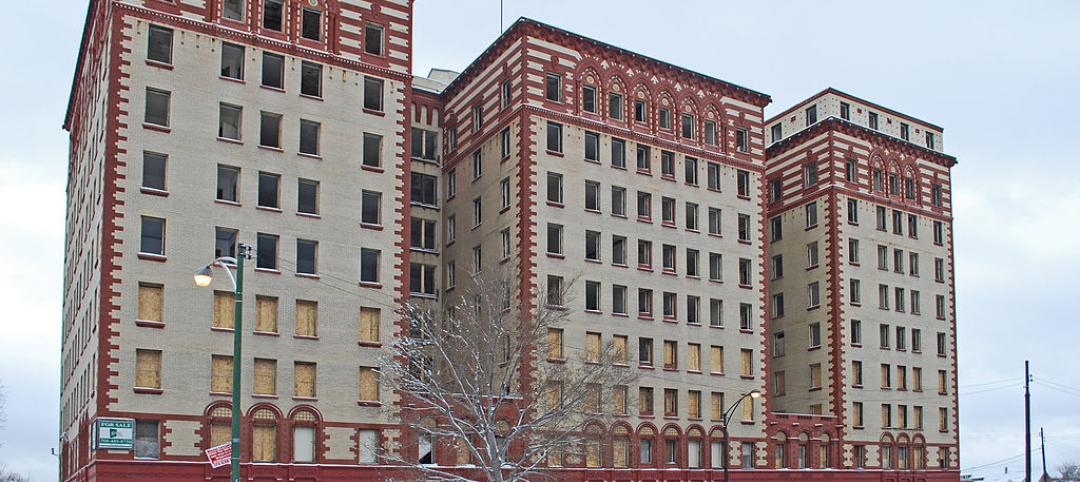A few months ago, Tesla confirmed reports that the company was looking to establish a factory in Shanghai to better serve the Chinese market. On Oct. 17, Tesla announced it had secured the rights to a 210-acre piece of land in Lingang, Shanghai on which it will build Gigafactory 3.
The electric car company plans to build Gigafactory 3 on an accelerated construction schedule in order to get the factory up and running as quickly as possible in the face of new tariffs. Between import tariffs and ocean transport costs, Tesla is operating at a 55% to 60% cost disadvantage compared to the same car produced locally in China.
See Also: Under-development solar panels snap together and turn waste heat into hot water
Construction is expected to begin in the near future and take about two years, and $2 billion, before the factory can produce vehicles. It will take another two or three years from that point before the factory is at full power, which will allow it to produce about 500,000 vehicles per year.
Gigafactory 3 will be the first Gigafactory outside of the United States. Gigafactory 1 is located at the Tahoe Reno Industrial Center in Nevada. Gigafactory 2 is located in Buffalo, N.Y.
Related Stories
| Apr 2, 2014
8 tips for avoiding thermal bridges in window applications
Aligning thermal breaks and applying air barriers are among the top design and installation tricks recommended by building enclosure experts.
| Apr 2, 2014
Check out the stunning research facility just named 2014 Lab of the Year [slideshow]
NREL's Energy Systems Integration Facility takes top honors in R&D Magazine's 48th annual lab design awards.
| Mar 26, 2014
Callison launches sustainable design tool with 84 proven strategies
Hybrid ventilation, nighttime cooling, and fuel cell technology are among the dozens of sustainable design techniques profiled by Callison on its new website, Matrix.Callison.com.
| Mar 26, 2014
First look: Lockheed Martin opens Advanced Materials and Thermal Sciences Center in Palo Alto
The facility will host advanced R&D in emerging technology areas like 3D printing, energetics, thermal sciences, and nanotechnology.
| Mar 20, 2014
Common EIFS failures, and how to prevent them
Poor workmanship, impact damage, building movement, and incompatible or unsound substrate are among the major culprits of EIFS problems.
| Mar 20, 2014
Fluor defines the future 7D deliverable without losing sight of real results today
A fascinating client story by Fluor SVP Robert Prieto reminds us that sometimes it’s the simplest details that can bring about real results today—and we shouldn’t overlook them, even as we push to change the future state of project facilitation.
| Mar 19, 2014
Frames: the biggest value engineering tip
In every aspect of a metal building, you can tweak the cost by adjusting the finish, panel thickness, and panel profile. These changes might make a few percentage points difference in the cost. Change the framing and you have the opportunity to affect 10-20 percent savings to the metal building portion of the project.
| Mar 12, 2014
14 new ideas for doors and door hardware
From a high-tech classroom lockdown system to an impact-resistant wide-stile door line, BD+C editors present a collection of door and door hardware innovations.
Sponsored | | Mar 10, 2014
A high-performance barn
Bastoni Vineyards replaces a wooden barn with an efficient metal building used for maintenance, storage, and hosting events.
| Mar 7, 2014
Chicago's 7 most threatened buildings: Guyon Hotel, Jeffrey Theater make the list
The 2014 edition of Preservation Chicago's annual Chicago's 7 list includes an L station house, public school, theater, manufacturing district, power house, and hotel.


